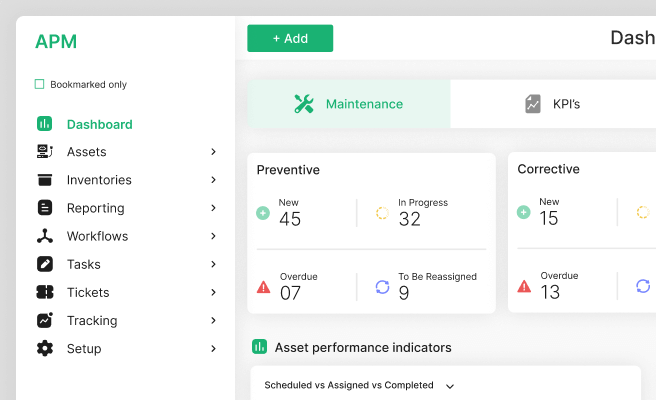Problem Framing
<p>Problem framing is a crucial step in the design thinking process, particularly for product managers and visionary founders in the climate tech sector. It involves defining the problem in a clear and structured way, helping teams to develop more effective solutions. By understanding the problem thoroughly, decision-makers can ensure that their efforts are targeted and impactful, ultimately leading to better outcomes.</p>
<p>Historically, problem framing has been used in various industries to streamline processes and enhance innovation. In climate tech, its relevance is heightened due to the complex nature of environmental challenges and the need for precise, actionable solutions.</p>
<h2>Components of Problem Framing</h2>
<p>Effective problem framing involves several key components:</p>
<ul>
<li><b>Problem Statement:</b> A clear and concise description of the issue at hand.</li>
<li><b>Context:</b> Understanding the environment and conditions in which the problem exists.</li>
<li><b>Stakeholders:</b> Identifying who is affected by the problem and who can influence the solution.</li>
<li><b>Objectives:</b> Defining what success looks like and the desired outcomes.</li>
</ul>
<h2>Benefits of Problem Framing</h2>
<p>For product managers and founders, effective problem framing can lead to numerous benefits:</p>
<ul>
<li><b>Clarity:</b> Provides a clear understanding of the problem, reducing ambiguity and confusion.</li>
<li><b>Focus:</b> Helps prioritize efforts and resources on the most critical aspects of the problem.</li>
<li><b>Alignment:</b> Ensures all stakeholders have a shared understanding of the problem and the goals.</li>
<li><b>Innovation:</b> Encourages creative solutions by clearly defining the boundaries and constraints.</li>
</ul>
<h3>Challenges in Problem Framing</h3>
<p>Despite its importance, problem framing can be challenging. Common obstacles include:</p>
<ul>
<li><b>Complexity:</b> Climate tech problems are often multifaceted, making it difficult to frame them accurately.</li>
<li><b>Bias:</b> Preconceived notions and biases can distort the understanding of the problem.</li>
<li><b>Communication:</b> Ensuring all stakeholders have a common understanding can be difficult.</li>
</ul>
<h3>Real-World Example</h3>
<p>Consider a climate tech startup focusing on carbon capture technology. The problem framing process would involve:</p>
<ul>
<li>Defining the problem: "High levels of atmospheric CO2 contributing to global warming."</li>
<li>Context: "Increasing regulatory pressure and the need for scalable solutions."</li>
<li>Stakeholders: "Governments, environmental agencies, and industrial partners."</li>
<li>Objectives: "Reduce atmospheric CO2 levels by 20% within five years."</li>
</ul>
<p>By framing the problem effectively, the startup can develop targeted strategies and solutions, increasing their chances of success.</p>
<h2>Tools and Techniques</h2>
<p>Several tools and techniques can aid in problem framing:</p>
<ul>
<li><b>Fishbone Diagram:</b> Helps identify root causes of a problem.</li>
<li><b>Five Whys:</b> A technique for drilling down into the root cause by asking "why" repeatedly.</li>
<li><b>SWOT Analysis:</b> Analyzes strengths, weaknesses, opportunities, and threats related to the problem.</li>
</ul>
<p>For more on these tools, visit <a href="https://www.mindtools.com" style="color: #2896FF; text-decoration: underline;">MindTools</a>.</p>
<h2>Conclusion</h2>
<p>Problem framing is an essential skill for product managers and visionary founders, particularly in the climate tech sector. By clearly defining the problem, understanding its context, and aligning stakeholders, teams can develop more effective and targeted solutions. Adopting structured approaches and leveraging the right tools can overcome common challenges, leading to successful outcomes and impactful innovations. <p>Increase user engagement that converts your demos into sales. Optimise your UX strategies with our audits.
<p>Fill out the <a href="https://tally.so/r/n97pxQ" style="color:#2896FF; text-decoration:underline;">UX Audit form</a> to get started. Ready to discuss your needs? <a href="https://cal.com/akhilak/what-if-design?duration=25" style="color:#2896FF; text-decoration:underline;">Book a consultation call</a> with us today.</p></p>

Let's scale your impact with great design.
Free consultation, no sales pitch
Thank you! Your submission has been received!
Oops! Something went wrong while submitting the form.
Let’s talk
Nothing great is built alone.
Let’s connect about your vision, our work and how we can collaborate.
Get in touch

